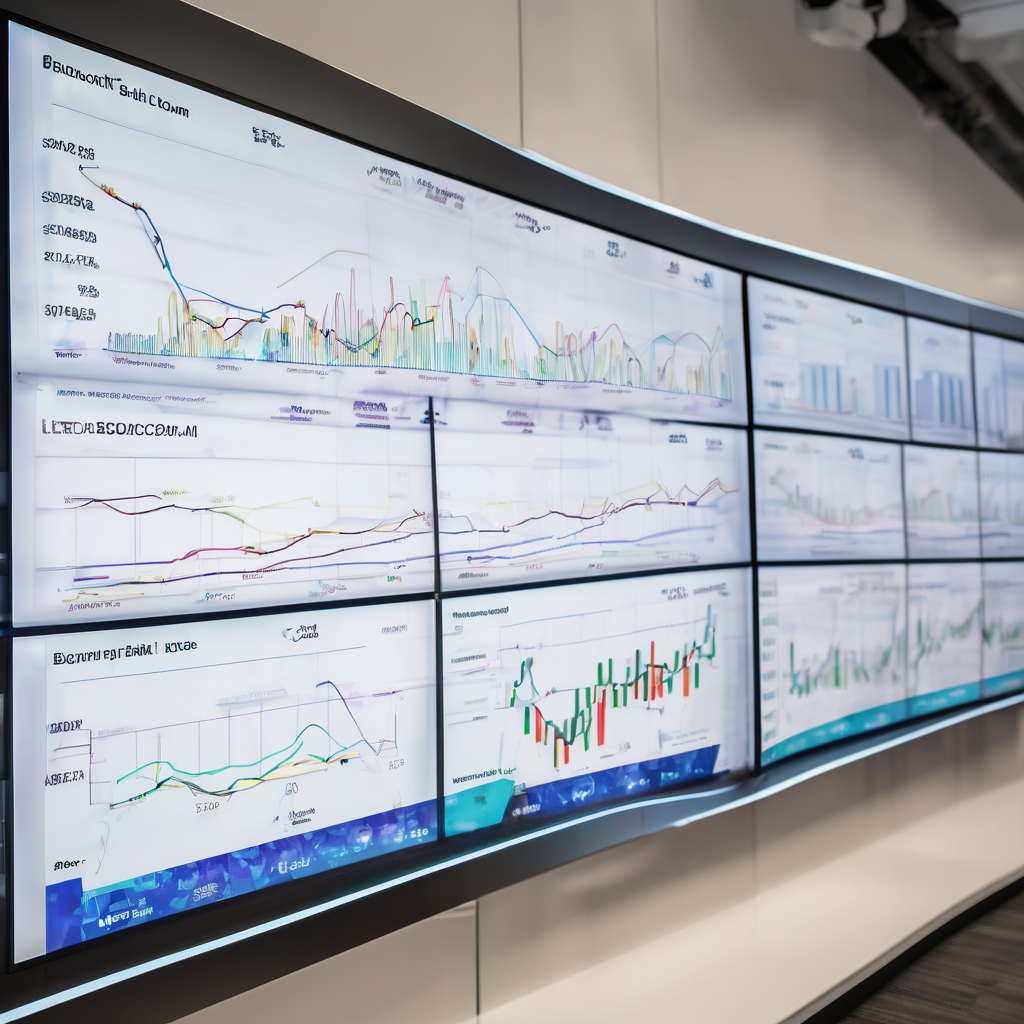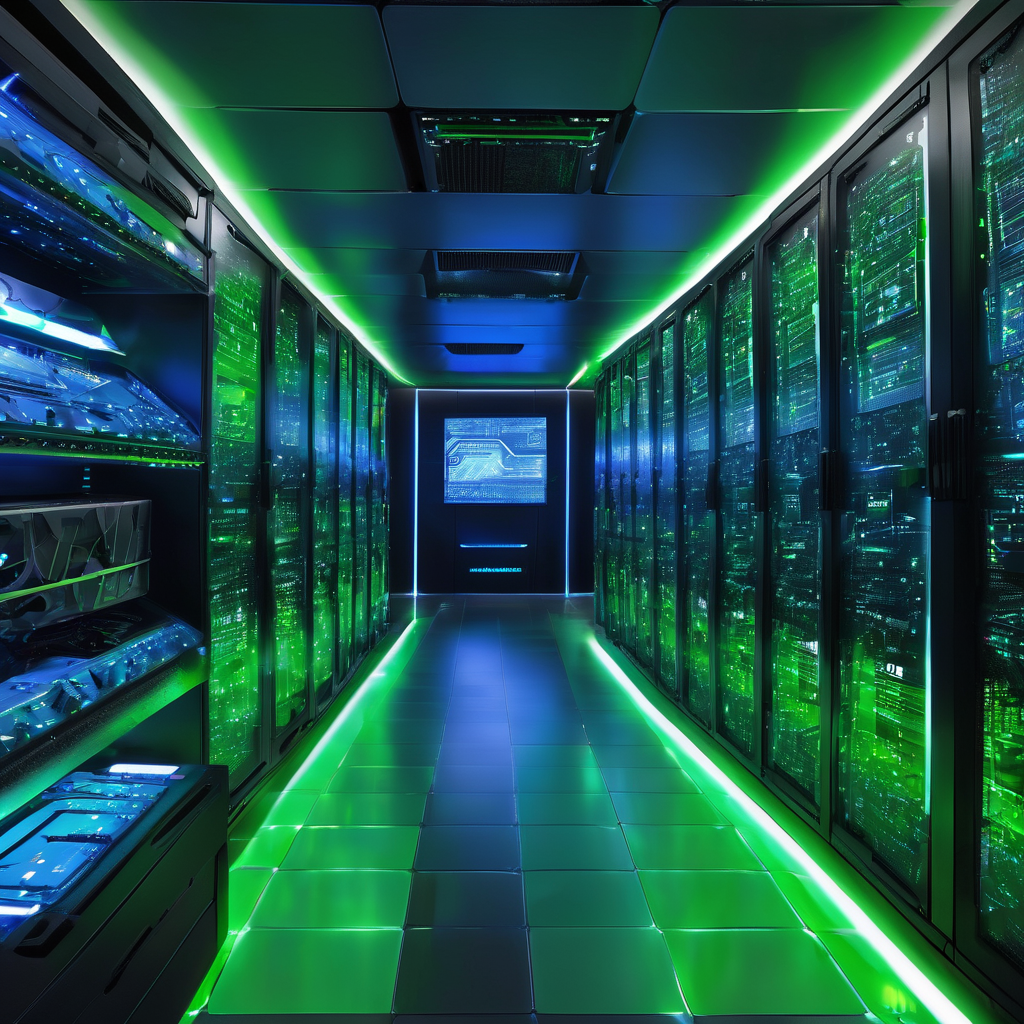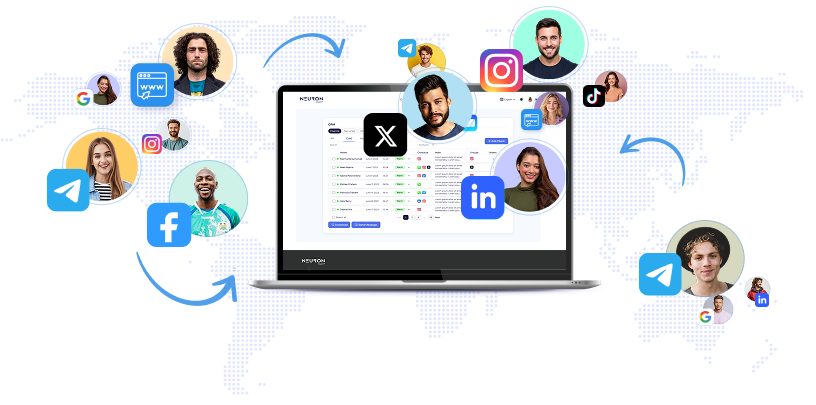
The challenge marketers face today is harnessing AI’s potential without compromising sustainability goals—a question we at Brandtech have been exploring with clients and industry peers. Earlier this year, we launched our first environmental impact study alongside a carbon calculator tailored for marketing use cases. Though still early in addressing these concerns, we believe sharing insights is crucial to initiating a broader industry conversation—not about quick fixes, but about vital dialogue. AI’s hidden environmental footprint is significant. Every use of generative AI — from creating images and analyzing data to drafting copy — demands energy-intensive computations on servers often powered by fossil fuels, amplifying environmental costs. Beyond energy use, AI’s infrastructure relies on mining rare materials, causing land degradation, pollution, high water consumption, ecosystem harm, and health risks in mining communities. As AI adoption grows, resource scarcity and impending environmental regulations will increasingly challenge brands to account for and possibly pay for their environmental impact. Measuring AI’s environmental impact remains complex but essential. Clients want to know which AI tools or models are more energy-intensive, how AI campaigns compare environmentally to traditional methods, and whether AI tools’ energy usage can be rated or tracked. No universal AI sustainability rating exists yet, though platforms like Hugging Face are working on energy benchmarks. Marketers should ask providers about renewable energy use, carbon footprints, emissions reports, and evidence of reductions.
Initiating these conversations is vital to establish industry best practices early, especially since removing AI after adoption is difficult. Internally, marketers can audit AI tools. Energy use varies widely across models—sometimes using a large language model is "like using a blowtorch to light a birthday candle. " Switching to simpler machine learning models can reduce energy consumption while meeting needs. Transparency about AI tools and their environmental costs is increasingly demanded by clients and is rapidly becoming standard. As one client noted, AI-related emissions data will be required in next year’s reporting. By setting clear transparency expectations with providers and partners, brands drive industry accountability. Transparency is both ethical and competitively essential, as stakeholders and regulators prioritize sustainability, favoring businesses that lead responsibly. The key is balancing AI innovation with sustainability. Stopping AI use isn’t necessary—in fact, AI is too valuable—but smarter, sustainability-focused use is crucial. With tightening electricity resources and stricter climate laws ahead, optimizing digital consumption now builds resilience and reduces harm. Here’s what marketers can do immediately: - Audit AI tools to understand their energy and environmental impacts. - Engage AI providers about sustainability goals and request their support. - Educate teams on the trade-offs between AI use and sustainable practices. - Lead open conversations with clients and stakeholders about balancing innovation and responsibility. - Evaluate AI use cases carefully using tools like Brandtech’s carbon calculator to compare energy needs against lower-impact alternatives. At Brandtech, we recognize AI’s revolutionary impact on marketing but remain mindful of its environmental implications. We’re committed to learning openly and sharing knowledge so creatives, clients, brands, and partners can collaboratively advance the industry. The future of marketing will be shaped by how well innovation and responsibility are balanced. Marketers embracing this challenge will foster a more sustainable, resilient industry. To learn more, access Brandtech’s AI environmental impact report and carbon calculator here.
Balancing AI Innovation and Sustainability in Marketing: Insights from Brandtech


Examining AI ‘hallucinations’ and Sunday’s Gaza blasts Thomas Copeland, BBC Verify Live journalist As we prepare to close this live coverage, here's a summary of today's key stories

By 2028, it is expected that 10 percent of sales professionals will use the time saved through artificial intelligence (AI) to engage in 'overemployment,' a practice where individuals secretly hold multiple jobs simultaneously.

OpenAI has rapidly established itself as a leading force in artificial intelligence through a series of strategically crafted partnerships with top technology and infrastructure companies worldwide.

A recent study reveals stark differences in how reputable news websites and misinformation sites manage AI crawler access via robots.txt files, a web protocol controlling crawler permissions.

On Saturday, President Donald Trump shared an AI-generated video showing him in a fighter jet dropping what appears to be feces onto U.S. protesters.

Nvidia Corp.

Microsoft India’s integration of artificial intelligence (AI) into its sales operations is delivering impressive outcomes, notably enhancing the company’s top-line growth and speeding up deal closures.
Automate Marketing, Sales, SMM & SEO

and get clients on autopilot — from social media and search engines. No ads needed
and get clients today